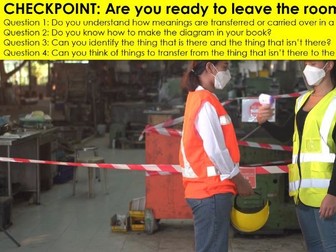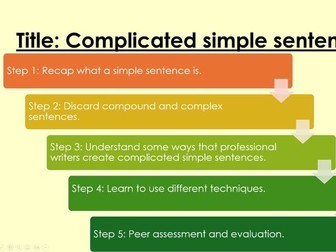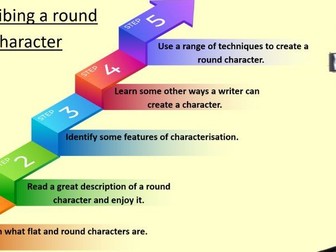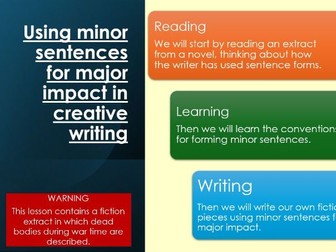
Analysing metaphors -- the basics
This is an introduction to analysing metaphors, with a clear step-by-step approach that simplifies the thought-process.
This lesson is aimed at less able or younger students. The exemplar metaphors used in the lesson all contain both tenor and vehicle, so students are left needing to identify only the ground.
All the metaphors in the lesson are drawn from real-life examples covering prose fiction, poetry, the Bible, plays and song lyrics.
The presentation is on a pale yellow background with sans serif font. There is a handout containing the diagram used for analysing metaphors.
Resources are in original form (PowerPoint/Word) and in pdf form.
This lesson requires no specific prior knowledge.
After this lesson, students will move on to learn to write about their analysis of metaphors.



